|
Player(s): 1 Platforms: PlayStation 4, PC (via Steam) Danganronpa has always been a series that I’ve been intrigued with, but never committed to. With the recent release of the first two games in one package on the PS4 finally, it was high time I give it a go. Danganronpa is technically classified as a visual novel. That being said, it doesn’t work like any visual novel I’ve read in the past. It’s more of a hybrid between a traditional adventure game and a visual novel. Something more akin to Professor Layton or Phoenix Wright. Danganronpa (henceforth to be referred to as DR) is, at its core, a mystery. The premise revolves around a group of high school students who represent the best in their field of talent being stranded and trapped. These kids are then forced into a situation where the only way they’re allowed to leave is to kill another student without being caught. If they can get away with the murder without being revealed during a class trial, then they get to escape while everybody else dies. If not, then they die and life goes on. This entire scenario creates many situations of doubt and tension between the classmates that lend themselves to motivations for murder. While both of the DR games take place in different settings with different characters and different stories, they both revolve around this same concept. What makes this especially interesting is the way that each character serves as a specific archetype. For example, Sakura the Ultimate Martial Artist is extremely disciplined and calm, while Mondo the Ultimate Biker Gang Leader is extremely loyal but has a short fuse. Each archetype ties in directly to their ultimate talent. It’s this idea of having all these different types of people thrown together into a situation like this that makes things especially interesting. All of the characters in both games are given a lot of attention and development in order to make them all interesting. Even the ones you may not like. In fact, these characterizations are presented so well that even the people who die early feel fleshed out in the way they’re presented. It’s a clever way to make it difficult to predict who’s going to die and who’s going to kill. Being half visual novel at heart, this is important and is one of the biggest draws to the game. The overarching story itself is mostly pretty straightforward, but the individual characters and their interactions are what make the stories so enticing. You ride through a crazy rollercoaster while trying to figure out what’s going to happen next, and it’s quite thrilling. Both games play out in similar ways. The games are essentially split into 4 sections. There’s a story progression section, where you’re given the ability to explore the areas with the intent of moving the story forward. Then there’s what’s called ‘Free Time’, where your goal is to progress relationships with characters you choose by talking to them (and thus passing your free time) and giving them gifts. You’re allowed to explore during this time as well. Next is the Investigation, which triggers once a murder happens and you discover the body. In this phase you explore the crime scene along with relevant areas in order to put together clues to use in the class trial. As you can see, the first three sections are similar, but with different goals in mind. The last is the actual class trial. During this time you have to use your wits and logic in order to connect the dots from the clues you acquired and ultimately solve the case. The class trial plays very different from the rest of the game. During these sequences there are a few different minigames that take place to make the trials an interactive adventure to unravel the truth. For example, in DR1 there are parts where you have to listen to people argue with select words being highlighted. During these parts you need to select an appropriate clue (called a Truth Bullet) and use it to show a weakness in an argument. This sudden change in gameplay style helps to break up the tons of dialogue and thus help keep the player’s attention. It’s a clever way of making a genre that’s normally only good for people who like to read into something more all-encompassing. Heck, it’s really fun as a result of this! As each game progresses through these gameplay types, you eventually solve the mystery and get a bunch of plot twists thrown at you. There’s no denying that the stories in DR1 and DR2 are fantastic, but at the same time the games definitely feel like PSP games. The games were improved slightly when brought to the PS Vita and then again when brought to the PS4, but these improvements are very minor. When conversing with people, their sprites are all well designed and gorgeous, likely since it’s hard to diminish hand-drawn designs. The rest of the games are in pseudo 3D environments, and even with some slight touch ups they look pretty low quality. Not exactly in design, but in details. Since there are a lot of tricks put into place to blend 2D and 3D together (likely to save resources from back when it was first released on PSP), most of the time these issues won’t matter. When it does matter is when looking at character ‘models’ outside of conversations. They are basically sprites slapped onto cardboard cutouts that turn with you (think of Duke Nukem 3D as an example of what I mean), and add a really odd and ugly contrast to the game’s otherwise acceptable visuals. On top of that, just the overall quality of the 3D designs are fairly low quality, really helping to show the games’ ages. The point is that these games aren’t exactly gorgeous. Go into them accepting that they’re ports of PSP games and you’ll likely not mind too much. Since there isn’t any actual ‘action’ and a lot of the blending tricks do work, the visuals are manageable. Plus, I emphasize, the actual character designs are actually really darn good. Unfortunately, the age of these games shows even more when it comes to controls. When you aren’t moving your character, the controls are just fine (with the exception of DR2, which has some movement that’s simple 2D side-scrolling). These involve stationary sequences where you’re selecting things on the screen with a cursor and at worst, shifting the camera just a little to get a better view of the environment. When you are moving around in first-person view, the controls fall apart. The left stick allows you to turn or move forward/backward. In DR1 the right stick does the same, while in DR2 you still turn but instead of up/down moving you forward/backward it lets you look up/down. Then the L1 and R1 buttons allow you to strafe left and right. If you followed everything I just said, what you’ll likely think of is a poor implementation of the way the original Doom or Duke Nukem 3D controlled. This causes the controls to be very irritating since you have to often time manipulate 3 different controls at the same time that would normally require 2 in any other first-person experience. I imagine this is a left over from the way things worked with the PSP’s controls. It was very lazy of the developers to not bother improving this at all when they had almost 4 years to improve this port from its original Japanese release (on the PS Vita). The last thing about the controls is the lack of the option to have inverted controls. This isn’t a huge problem in DR1, since vertical view isn’t important. In DR2, however, this is a really irritating thing since there are clues and collectibles that require vertical look. It’s manageable, but once again it’s definitely a sign of laziness when porting the game over to the PS4. I imagine, with mappable buttons, the PC version isn’t quite as irksome. If you’re able to jump through the hurdles I mentioned, the rest of elements of both games are absolutely fantastic. The gameplay progression is top notch. In fact, DR2 improves on DR1 in every single way. It even takes every minigame from the trials in DR1 and evolves them to keep things fresh, while adding something new as well. It was really refreshing to see this kind of progression in a set of genre that usually stay stagnant throughout. Unfortunately, the same can’t be said for the stories. DR1 is really unique and fun precisely because it’s unique. When you get to DR2, you’ll notice that the core ideas of story presentation are exactly the same, so it can be a little difficult to sit through. That being said, it’s still a fantastic and fun experience. To help enhance the fantastic story is the absolutely amazing soundtracks. Both games feature really fitting and well-done scores. The voice acting can get a little extreme and over the top in the same way that an anime would, which can sometimes pull you out of the intensity of the situations presented. Still, each character is voiced with a lot of heart and they all do a great job. My only real complaint here is that there isn’t enough voice acting. This is yet another issue that goes back to its roots as a PSP game. It was ok to have such minimal voice acting then but as a PS4 title it’s a little jarring to have to jump back and forth between only reading to reading with fun voice acting. There are plenty of reasons why this may not have been added into this version, so I don’t fault the developers for this, but it still is a bit disappointing. Both games are reasonably lengthy, clocking in at around 20-25 hours for me, each. To add replay value, DR1 offers a School Mode and DR2 offers an Island Mode. Both of these modes offer some unique gameplay quirks, but ultimately function as a way to really expand on each individual character within the game. This means that characters who may have died early on have plenty of opportunity to develop in these modes, adding more depth to everyone. These modes about double the overall gameplay time of each game, putting this as an almost 80-100 hour experience! For $39.99, that’s an absolute steal on the PS4! The PC version is a little pricier costing $29.99 each and about $54 together, though still worth the cost considering the amount of time and quality you’ll get out of each game. There’s no denying I enjoyed DR1’s fresh and fun presentation more than DR2’s, but as a whole experience this was a bizarre ride that I don’t regret one point. If you enjoy a good story-driven mystery game and can deal with them being ports of old games, then I can’t recommend Danganronpa 1.2 RELOAD enough. Note: I played Danganronpa 1.2 RELOAD in its entirety on the PlayStation 4, and so my review is only based on that experience. Graphics: GREAT Sound: AMAZING Gameplay: AMAZING Value: PERFECT OVERALL: AMAZING Official Site: http://danganronpa.us/reload/index.php FULL DISCLOSURE: This game was provided to A-To-J Connections free-of-charge by the publisher for the purpose of review. Images and video are ©NIS America ©Spike Chunsoft.
0 Comments
Leave a Reply. |
Search
Contributors◆ Angie
◆ Emily ◆ J.D. ◆ Janette ◆ JT ◆ Manuel ◆ Nestor ◆ Rose ◆ Sylvia ◆ Teepu ◆ Tiffany ◆ Winfield Archives
May 2025
|
© 2014-2025 A-to-J Connections. All Rights Reserved.


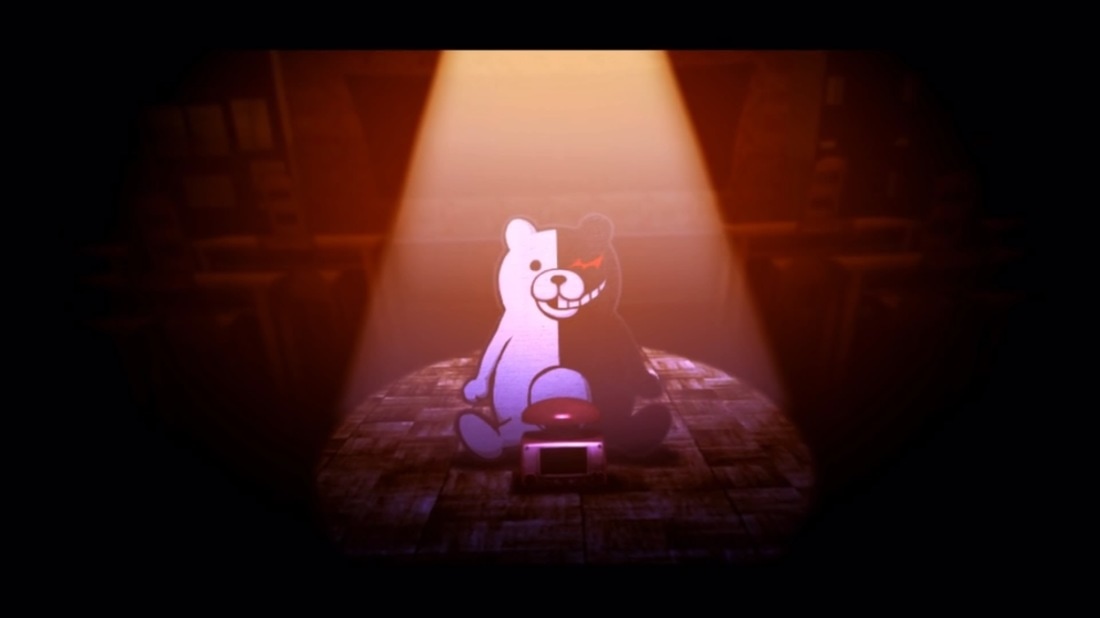
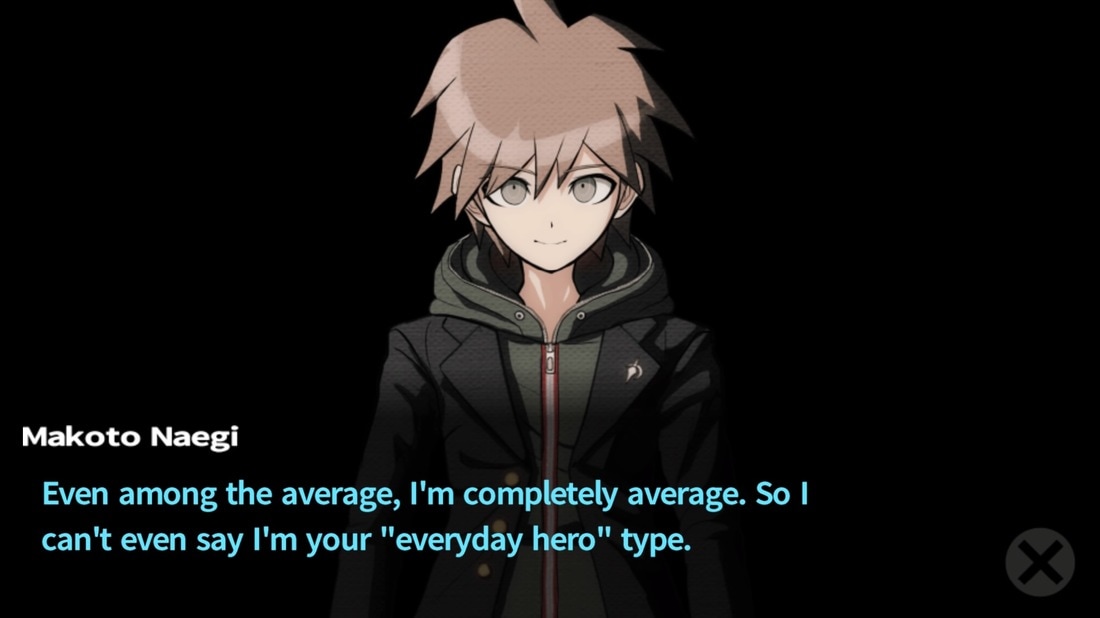

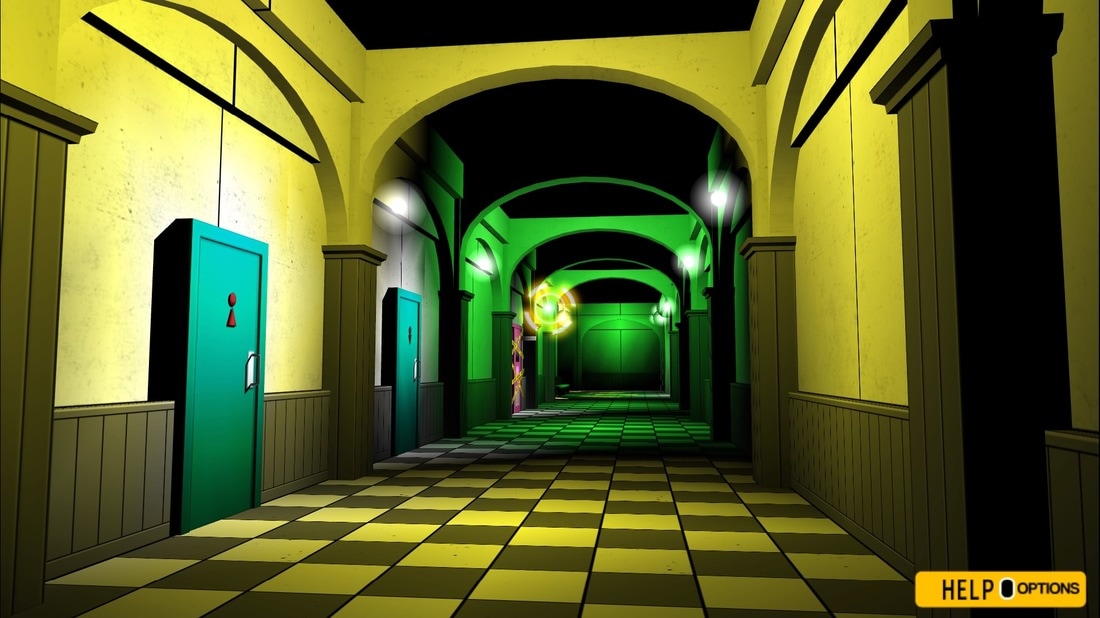
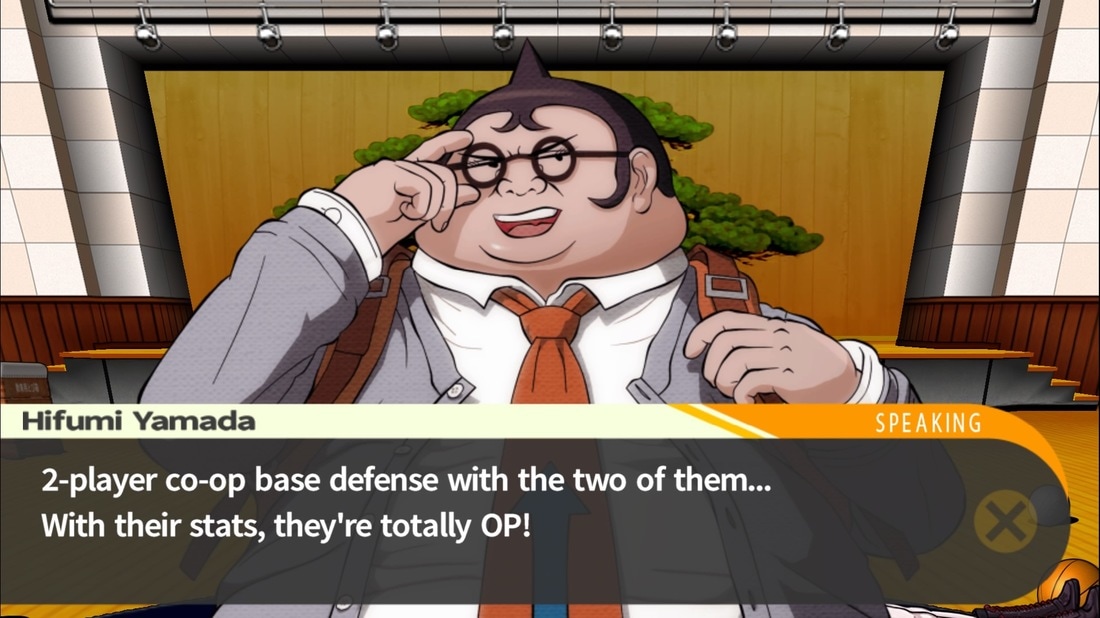
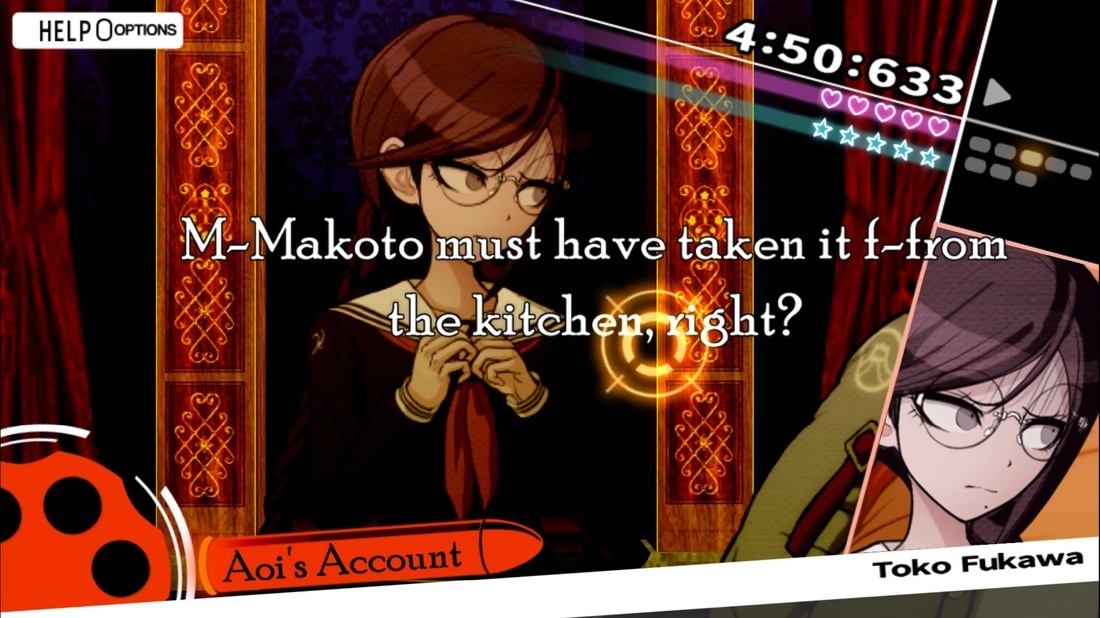
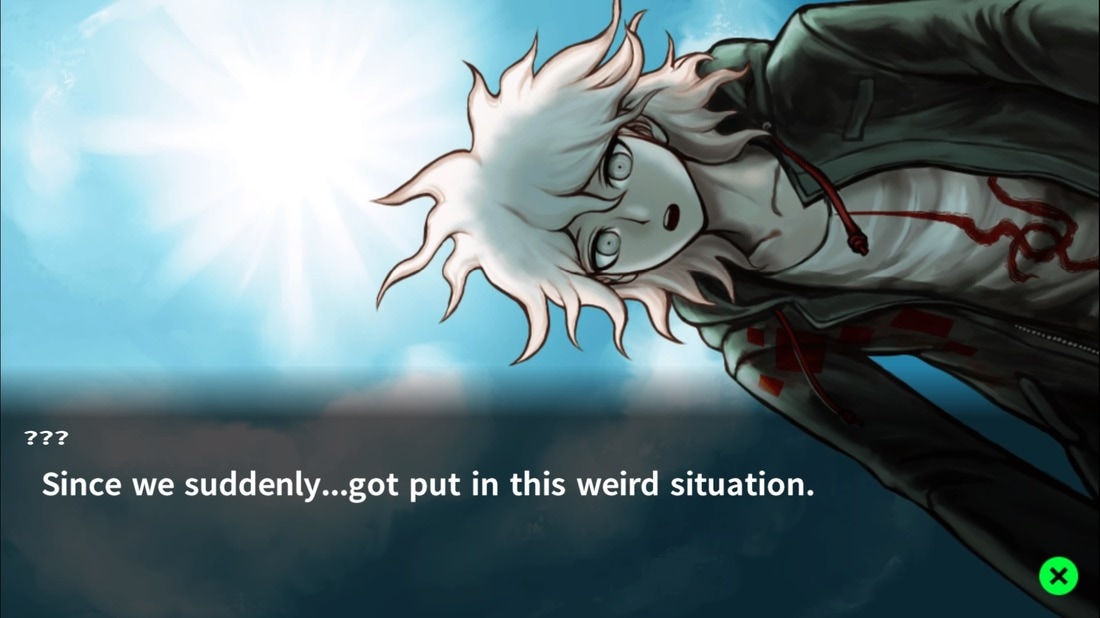
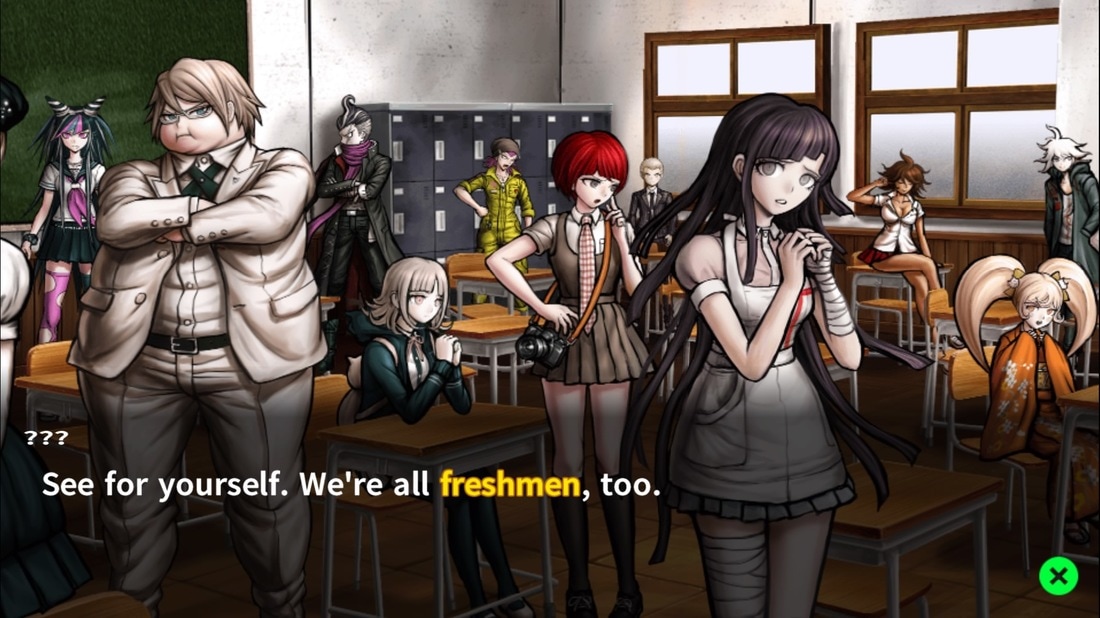

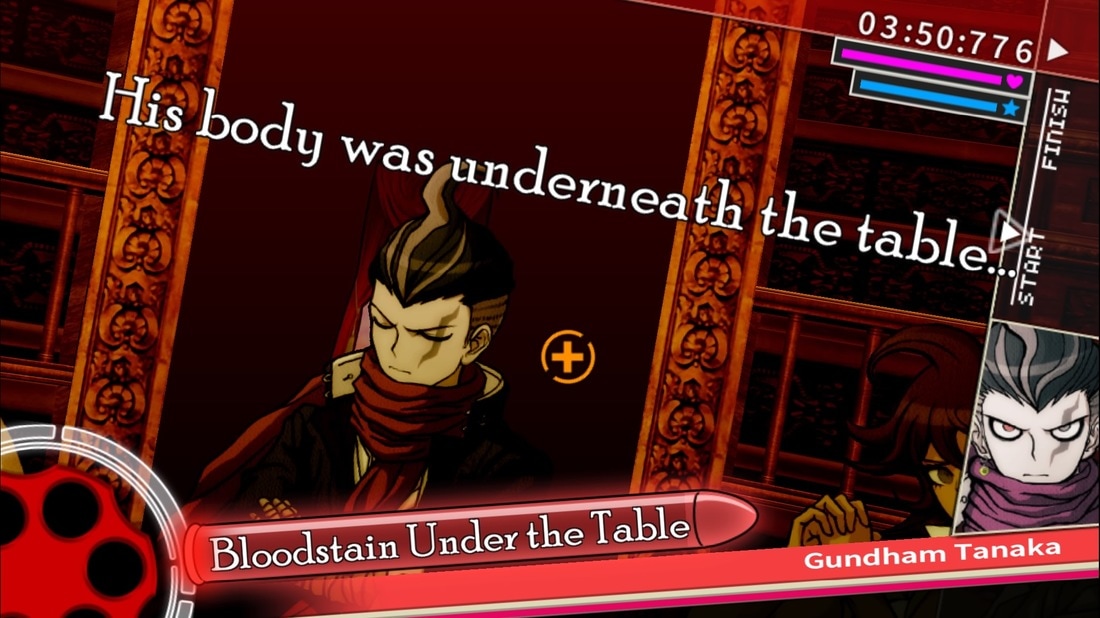
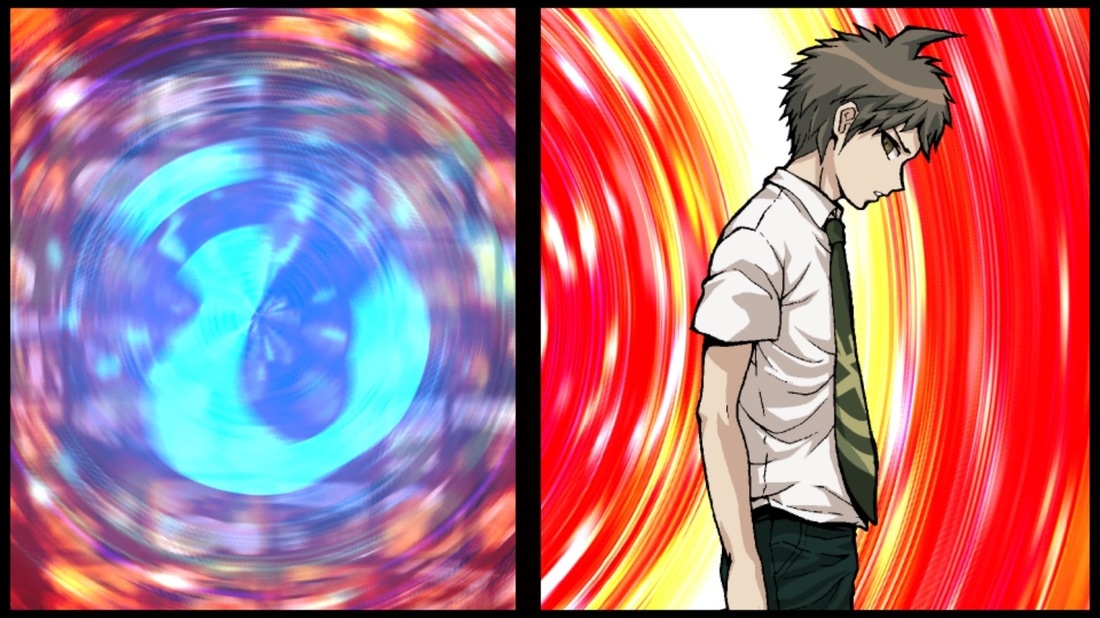
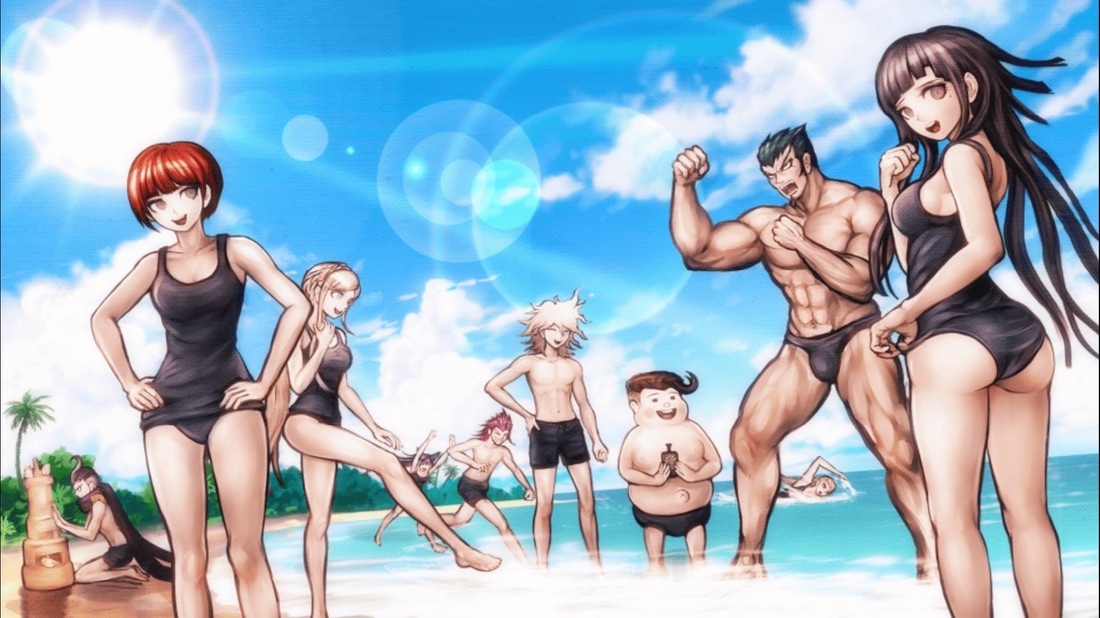

 RSS Feed
RSS Feed